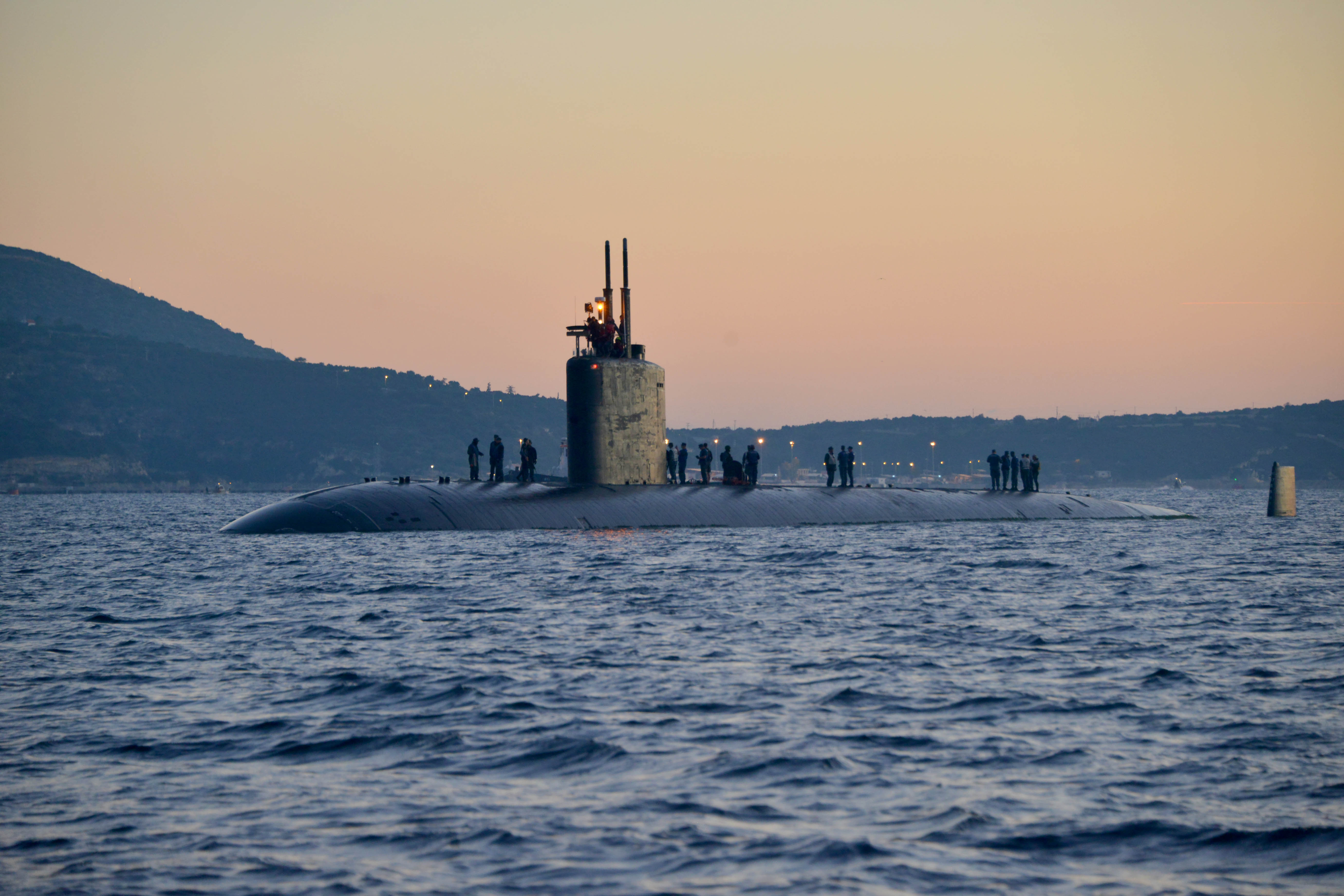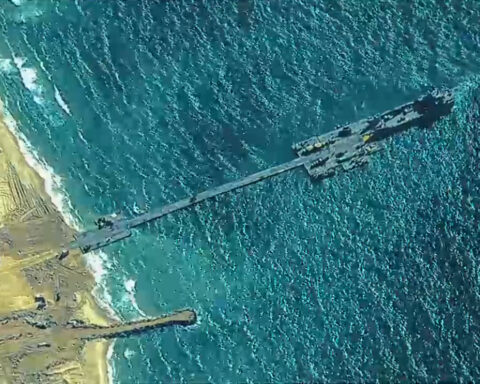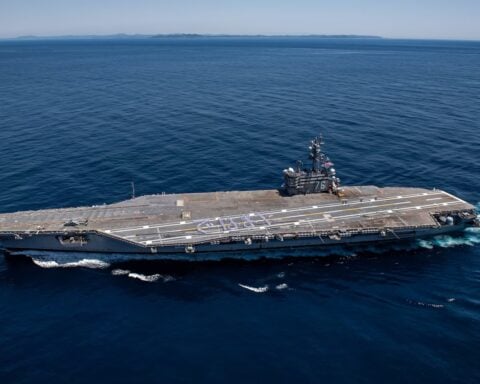
The long-awaited overhaul of the idle attack submarine USS Boise (SSN-764) is in jeopardy if Congress does not pass a budget, the Navy’s number-two civilian told reporters Wednesday.
Should the Department of Defense need to operate under a one-year stop-gap spending bill for Fiscal Year 2024, then the Navy is looking at $26 billion in a funding shortfall and misaligned funds, Under Secretary Erik Raven said.
The overhaul of Boise, a Los Angeles-class attack submarine that lost its dive certification in 2017 due to ongoing delays at the public shipyards, would once again get postponed.
“If we do not have the funds that were requested in the ‘24 budget, we will not be able to execute that availability,” Raven said. “We’re talking about a $600 million shortfall that we will simply not be able to make up.”
Just last week the Navy issued HII’s Newport News Shipbuilding a $1.2 billion contract modification to start work on Boise, which last came home from deployment in 2015. Because the public yards prioritize nuclear-powered ballistic missile submarines and aircraft carriers for maintenance work, the attack boats have faced years of maintenance delays, leading the Navy to ask the private sector to perform attack submarine overhauls.
During the call Wednesday, Raven and his Army and Air Force counterparts sounded the alarm over what a one-year continuing resolution would mean for the services as lawmakers struggle to reach a deal on spending for FY 2024.
“There’s three child development centers that are at risk – one is in Guam and two more in Virginia. [We’re] very concerned about our ability to keep that LHA program on track,” Raven said.
Under a continuing resolution, the Pentagon is restricted to the prior year’s funding levels and cannot spend money on new-start programs, but the departments can seek waivers for specific programs, as the Navy usually does with the Columbia-class ballistic missile submarines. The first two stop-gap spending measures for FY 2024 includes exemptions for Columbia.
Should the Pentagon need to operate under a one-year CR, Raven said the Navy would face an almost $800 million shortfall for the America-class amphibious assault ship program, a $2 billion shortfall for the Virginia-class attack boat program, and shortfalls in munitions spending.
“These were all priority areas that were built into the ‘24 budget,” he said.
The Navy’s FY 2024 request sought two Virginia-class attack boats, $1.8 billion in incremental funding for the LHA program, and pursued multi-year procurement strategies for munitions programs like the Naval Strike Missile and the Long-Range Anti-Ship Missile.
Raven said the Pentagon would need to work with Congress on “challenges” that a one-year CR would present to the multi-year procurement plans for munitions. Army Under Secretary Gabe Camarillo pointed to the service’s multi-year procurement of PAC-3 interceptors. Since FY 2024 is the first year in the procurement plan, the Army would be short $1.2 billion under a year-long CR.
Readiness is the top priority for the Navy even under a one-year stopgap bill, Raven said, meaning the service would sacrifice modernization and new program investments to ensure it’s ready to conduct combat operations like sailors are performing in the Red Sea.
“If we are faced by a full year continuing resolution, we want to prioritize readiness first of all, people, and people secondly. And what that means is taking risk in investment programs,” Raven said. “And I’m very concerned about our ability not only to execute that strategy unless given really unprecedented flexibilities by Congress, but also the follow-on impacts on the industrial base and our modernization plan.”
The Navy’s number-two civilian said the service also wants to double the production of the SM-6 missiles. Sailors have been using mostly out-of-production SM-2s to shoot down drones and missiles launched by the Houthis into the Red Sea, drawing down on the overall missile inventory. But under a one-year CR, Raven said the service could not increase production. For the last few budget cycles, including the FY 2024 submission, the Navy has asked Congress to buy 125 SM-6s.
In addition to the FY 2024 budget, a supplemental appropriations bill is also stalled Congress. That legislation would pump $3.4 billion into the submarine industrial base, a crucial investment for the Biden administration’s AUKUS partnership between Australia, the United Kingdom and the United States.
The current goal is for shipbuilders to construct one Columbia-class boat and two Virginia-class boats per year so the U.S. can eventually sell attack boats to the Australians while helping the Royal Australian Navy pursue an indigenous ability to both build and maintain nuclear-powered boats. But Raven said the the Navy would need to delay the investment in one Columbia and two Virginias under a one-year CR. Navy officials say the industrial base needs to build 2.33 Virginia-class boats for the U.S. to sell to the Australians.
Another $2.5 billion in the supplemental would go toward contingency operations in U.S. Central Command across the services, Raven said. Without that funding, he said the Pentagon needs the flexibility to find dollars in other places. The Navy also needs reprogramming authorities and flexibility to move money around so it can increase pay for sailors, avoid furloughing civilian employees, and continue operations and training, the undersecretary said.
With the ongoing attacks on commercial shipping in the Red Sea, Raven said current operations are the priority.
“Between the ability to fight tonight and be ready for all the threats versus preparing for the future and modernizing our forces, it is a tough decision,” he said. “But we have to lay our chip somewhere and that’s on the ability to perform our missions today.”
The current CR keeps the government funded through March 8.





